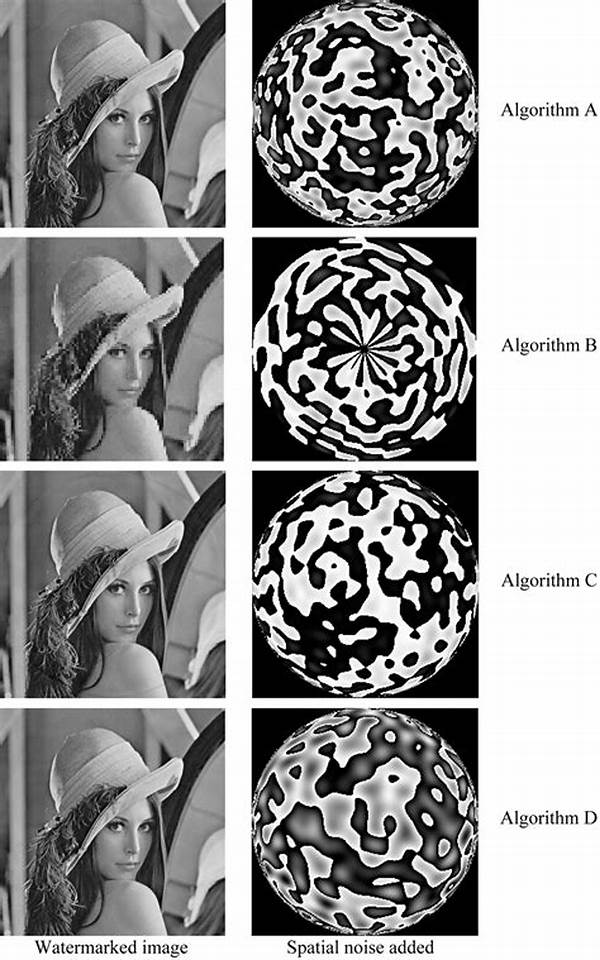Hey there, fellow design enthusiasts! Today, we’re diving into the fascinating world of balancing positive and negative space. This concept might sound a bit artsy-fartsy, but trust me, it plays a huge role in achieving visually appealing compositions. Whether you’re a seasoned designer or just someone who appreciates good aesthetics, understanding how to find that perfect balance can make all the difference. So, let’s explore the basics and get a better grip on what it means to juggle these spaces effectively.
Read Now : Minimalist Design Negative Space
Understanding Positive and Negative Space
Positive space is where the action happens – it’s the main subject of your composition, the thing that grabs all the attention. On the flip side, negative space (also known as white space) is the area that surrounds it. Balancing positive and negative space is like orchestrating a dance, allowing the two to complement each other seamlessly. A well-balanced design ensures that neither space overpowers the other, creating harmony and making your composition easy on the eyes. By doing so, you can guide the viewer’s focus where you want it and make your design breathe with elegance.
Imagine you’re designing a simple logo: the positive space forms your striking icon or text, while the negative space heightens its readability and impact. When balanced correctly, it creates a captivating rhythm that makes the design lively yet cohesive. Achieving this balance can elevate your work, avoiding clutter and emphasizing clarity. It’s not just about aesthetics but also about effective communication and story-telling through design. Keep this in mind when you’re creating something new – it’s those small tweaks in balancing positive and negative space that can turn a mundane design into a masterpiece.
Tips for Effective Balance
1. Keeping it simple is key when balancing positive and negative space. Less can really be more.
2. Think of negative space as the canvas that elevates your positive space, letting details pop.
3. Experiment with shapes and layout; move things around until you find that sweet spot.
4. Balancing positive and negative space helps guide the viewer’s eye effectively across the composition.
5. Have fun with it! Design is an adventure of creating harmony and delight through space management.
Why This Balance Matters
Creating the perfect balance between positive and negative space goes beyond mere aesthetics. It affects the overall functionality and user-friendliness of your design. Imagine staring at a cluttered website or an overcrowded advertisement – it’s not fun, right? That’s why it’s all about balance. Balancing positive and negative space helps you retain the viewer’s attention and ensures that the message remains clear and impactful.
In the world of branding and advertising, this balance is even more critical. It’s all about making your message stand out without overwhelming the viewer. Brands that get this right can convey their identity and message more effectively, leading to successful communication and engagement. It’s about guiding perception, creating that emotional connection, and telling a story that resonates. You’ll find that as you master the art of balancing positive and negative space, your designs will leave a lasting impression, effortlessly speaking volumes without saying too much.
The Art of Visual Harmony
Balancing positive and negative space isn’t just a technical skill—it’s an art form. It requires an eye for detail and a knack for creativity. You become the maestro of your design, orchestrating elements to craft an ensemble that sings in unison. Whether you’re dealing with a digital design or a hand-crafted piece, every element’s position and space contribute to the narrative you’re building.
Read Now : Energetic Animal Behavior Photography Tips
While playing with balancing positive and negative space, remember: it’s about fostering a visual retreat. It’s about giving your audience room to breathe and engage with ease. Appreciate the importance of silence in the spaces that talk just as much. So go on, embrace the white, dance with the black, and create a masterpiece that strikes chords with the viewer. Your design will thank you, and so will your audience.
Balancing Space Like a Pro
Creating balance between positive and negative space demands a thoughtful approach. For instance, start by sketching out ideas and play with different compositions. Remember to keep an open mind to changes as you experiment with varying shapes and forms. Often, shifting one element a tad can make a world of difference.
In digital art, using grids can help you maintain order, ensuring that each piece finds its rightful place. Typography is another fantastic arena for balancing space. It’s captivating to see how the text can breathe and whisper through well-managed spacing. Look for inspiration from various sources, like nature or architecture, where positive and negative space naturally coexist in harmony.
Space Harmony in Modern Design
When it comes to balancing positive and negative space, modern design principles can’t be ignored. Today, less is indeed more, and minimalism leads the charge. Harnessing the power of negative space can result in designs that are fresh, clean, and efficient. It challenges us to convey meaning using less clutter and more purpose.
A minimalist approach doesn’t mean dull – it’s the perfect playground for creativity and storytelling. Negative space adds intrigue, conveying depth and structure without screaming for attention. Such spaces invite engagement and reflection, allowing the audience to contribute their own interpretations. By balancing positive and negative space, we create seamless interactions, delightful experiences, and meaningful narratives.
Wrapping Up: A Symphony of Space
In essence, balancing positive and negative space is about mastering the dialogue between what’s visible and what’s implied. Visual balance brings calmness, drawing viewers in and making them stay. It directs the flow of energy, making every element in your design count without overstimulation. Each piece plays its role, resulting in a cohesive and compelling story.
Neglecting this crucial balance can muddle the message and leave your audience lost. Instead, aim for clarity through simplicity and thoughtful arrangement. As you embrace the balance of these spaces, remember that it’s not merely about filling gaps but creating connections. Your design becomes a platform that sparks engagement and leaves a memorable impact, making all the effort worthwhile.



